Flannel fabric products are one of the most popular types of textiles, which, however, are often confused with other materials. To avoid confusion, the answers to the questions about flannel, what kind of fabric is it? What are the properties of flannel fabric, the features of this material? And what types of flannel exist today?
- A bit of history
- Composition and production
- Types of flannel by use
- Types of flannel by density (weight)
- What can be sewn from flannel?
- Flannel bed linen by design
- Comparison with other materials
- Recommendations for selection
- Caring for flannel fabric
- How and what to wear
- Manufacturers and cost
- Advantages and disadvantages
- Reviews of fabric
A bit of history
There are two versions of the origin of the name of the fabric. According to one, it comes from the French "flanelle" and from the Old French "flaine", which means "blanket". According to another, the word comes from the Welsh language and literally translates as "wool fabric".
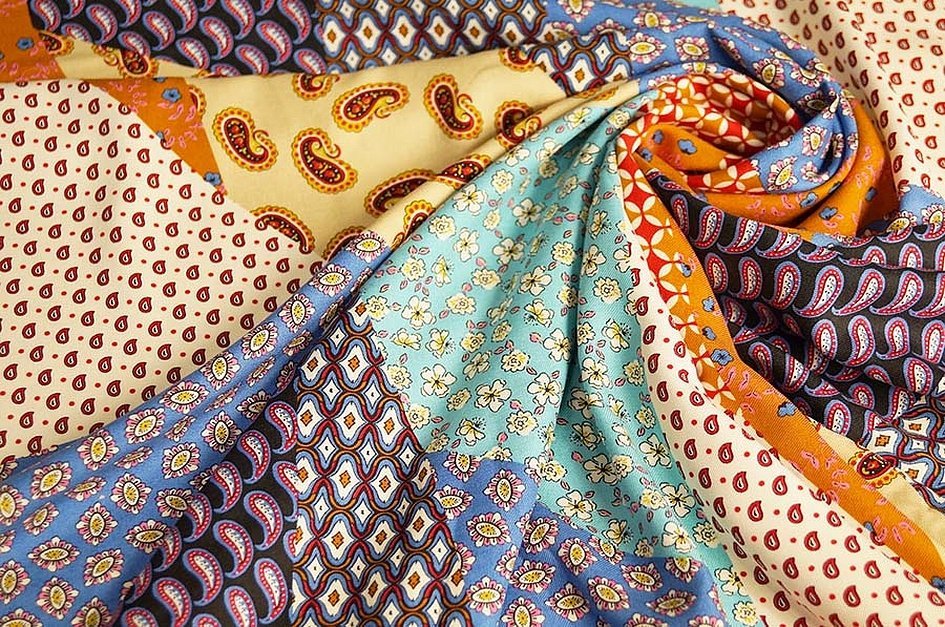
As for the history of use, flannel fabric first appeared in England in the 16th century. It received international recognition in the late 17th – early 18th centuries. Around the same time, the heavy, soft and warm fabric appeared in Russia.
Initially, flannel was an exceptionally light color. Later, the English began to skillfully use interlacing threads of different colors for different shades of fabric and began to use dyeing of the material itself.
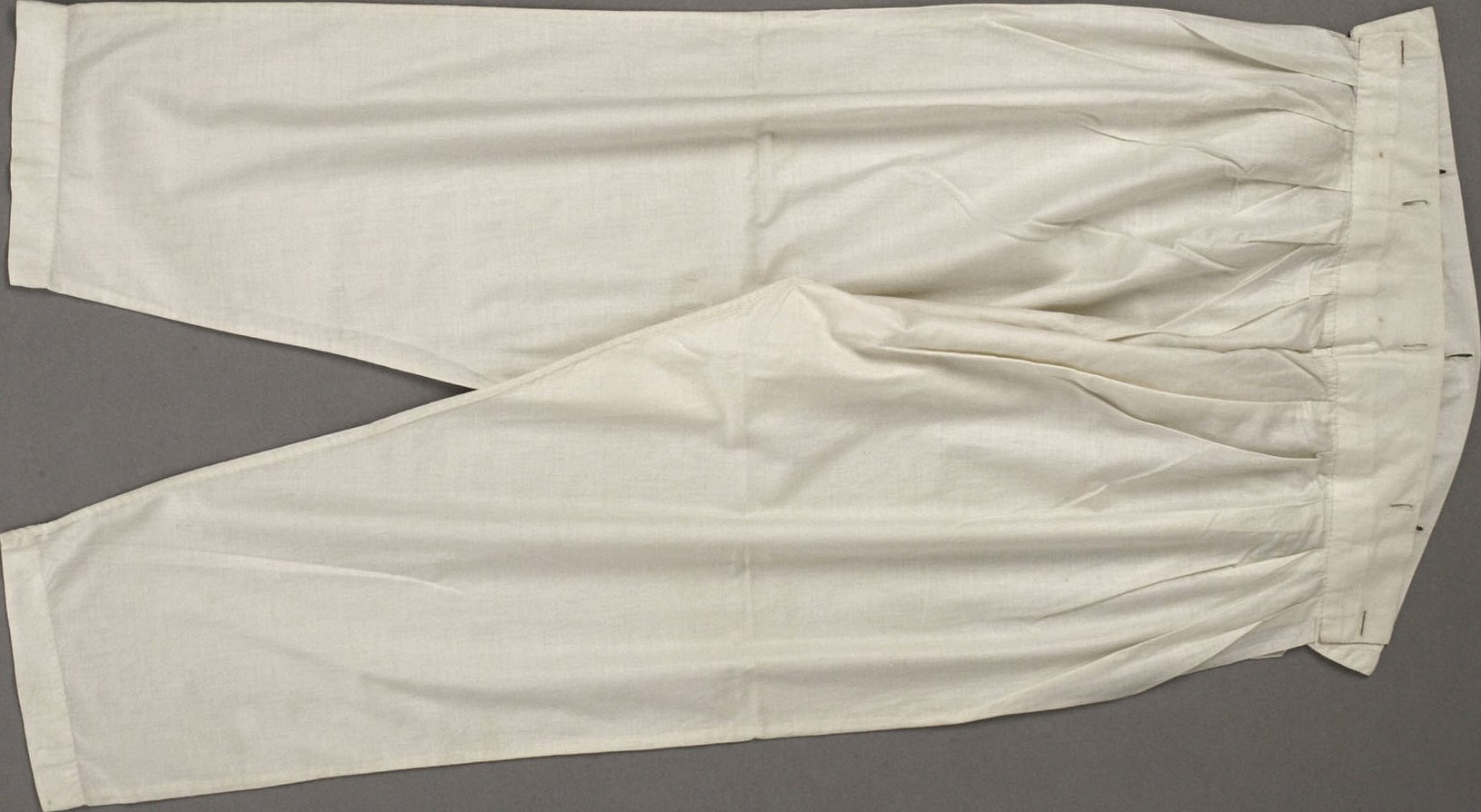
For a long time, flannel was considered a healing material and was very expensive. It was used mainly to make trousers. In Russia, one of the first uses of flannel was foot wraps, which replaced soldiers' socks.
Since the end of the 19th century, wool flannel has been actively used for the production of sportswear. And in the first half of the 20th century, thanks to the Prince of Wales Edward VIII, men's suits made of this fabric came into fashion.

Composition and production
The modern composition of flannel differs from the original. If previously wool was used mainly for the production of fabric, now its basis is cotton.
The base of the fabric is medium-thick carded yarn, the weft is bulky hardware. According to the standards, rep or twill weave with double-sided sparse pile is used in its production.
Important! It is allowed to add 20% viscose to the fabric. Along with cotton, today's manufacturers also offer semi-wool and woolen versions of the material.
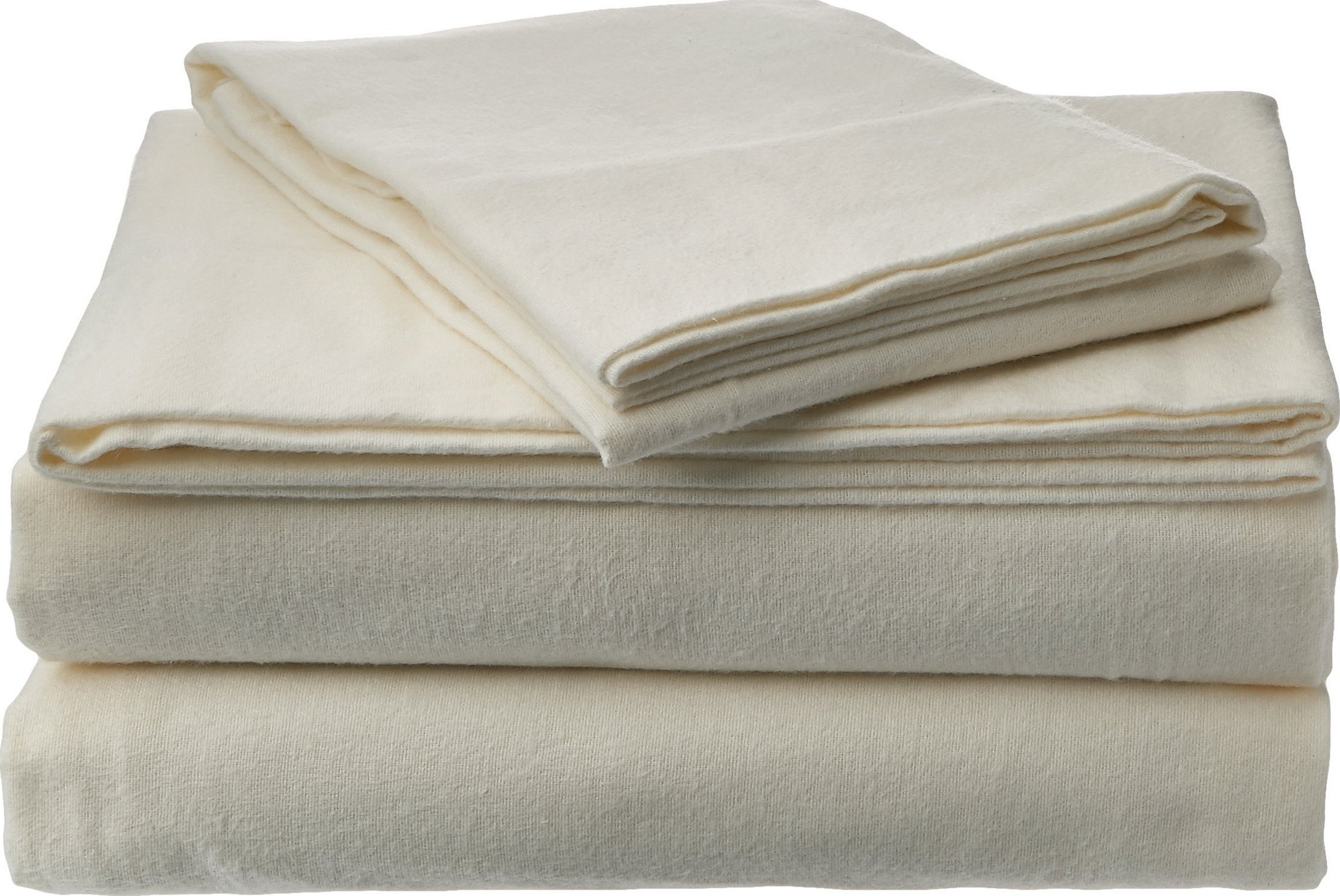
Types of flannel by use
Nowadays, flannel is a very diverse and versatile fabric. Depending on the composition and type of weaving, the types of flannel use differ:
- Raw unbleached fabric is a regular flannel cloth that is used for wiping various objects, pasting elements of musical instruments (for example, hammers on a piano).
- Bleached flannel is used as a lining material or a base for subsequent printing. This type, in turn, is divided into white-earth and ground. The first is a solid white color, the second is colored. Small drawings are subsequently applied to both white-earth and ground flannel.
- Dressing gown. It is a fabric with different patterns on a colored (much less often white) background.
- Shirting. The distinctive feature of this type is low pile and increased density. Synthetics or artificial fibers may be added to the composition.
Please note! Experts distinguish smooth-wool (printed) fabric as a separate type.
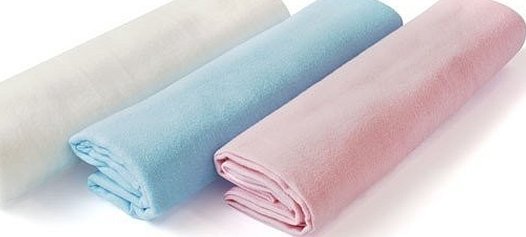
Types of flannel by density (weight)
The material from which the fabric is made also affects its density. Currently, flannel is divided into:
- heavy with a density of about 270 g/m2;
- medium (175 – 258 g/m2);
- lightweight (on average, 160 g/m2).
Each group has its own area of use.
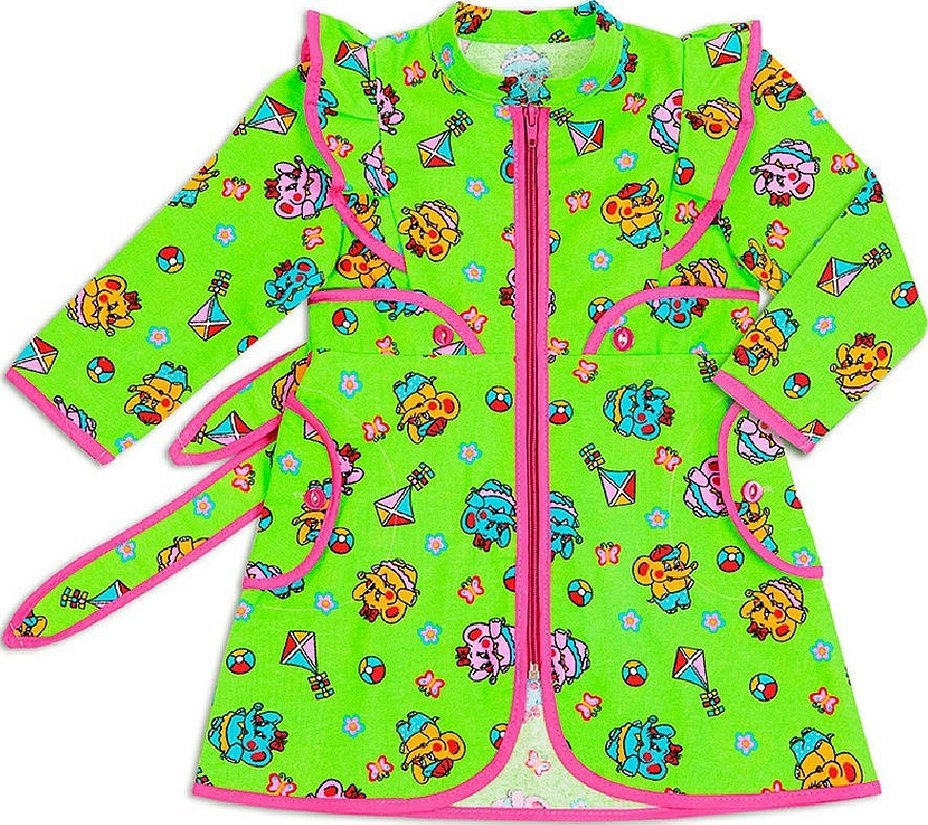
What can be sewn from flannel?
The range of things that are sewn from flannel is quite wide. Most often it is used for sewing children's clothes (diapers, undershirts, rompers and others), dressing gowns, nightgowns, pajamas, shirts, underwear. In addition, bed linen, blankets and suits for going out, women's and men's coats are made from it.
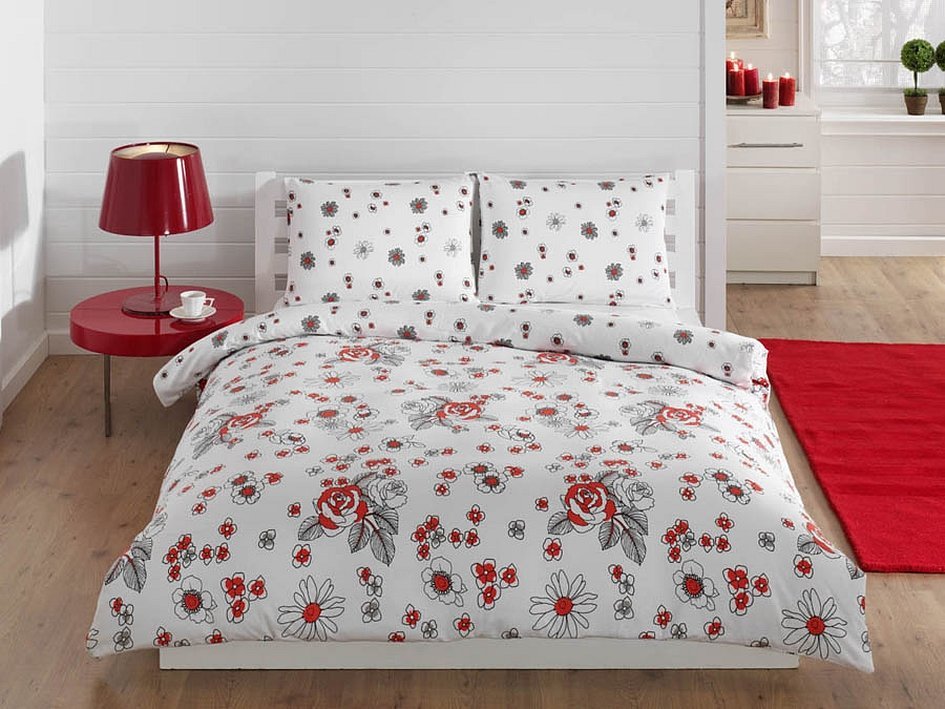
Flannel bed linen by design
Modern manufacturers offer a wide variety of flannel bed linen designs. The most common print is a flower, a plant theme, but along with it you can find:
- geometric shapes (on wool fabric these are most often classic stripes and checks);
- patterns and ornaments;
- abstract images;
- drawings for “patchwork”.
The basic tone of the products is no less diverse: from white to the most unusual and bright combinations of the color palette. At the same time, you can find flannel underwear under the "knitwear" with imitation of the most varied knitting.
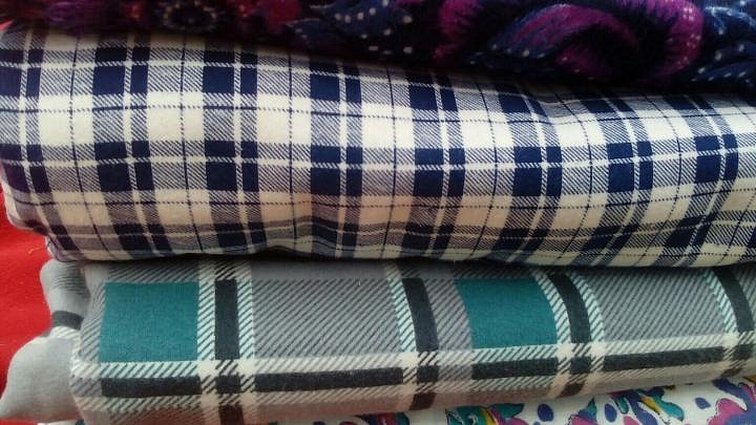
Comparison with other materials
One of the materials that flannel is often confused with is baize. But despite the similarity of these fabrics, there are still significant differences between them.
Firstly, flannel is thinner and softer. Secondly, it can be napped on one or both sides. Flannel fabric is denser and always covered with nap on both the front and back sides.
The second material, the characteristics of which resemble flannel, is fustian. But if you look closely, the latter also has a greater density and thickness. In addition, its fleece is always located on the inside.
Please note! Another option is fleece, which, despite its external similarity, differs from flannel not only in the properties of the fabric, but also in its composition.
The latter is made of polyester fibers and is not a natural fabric. The main difference between these materials is that flannel absorbs moisture, while fleece releases it.
The fourth "double" of flannel is flannelette (winsiette). Having similar properties, it is slightly different in softness and weight. Flannelette is softer and lighter.
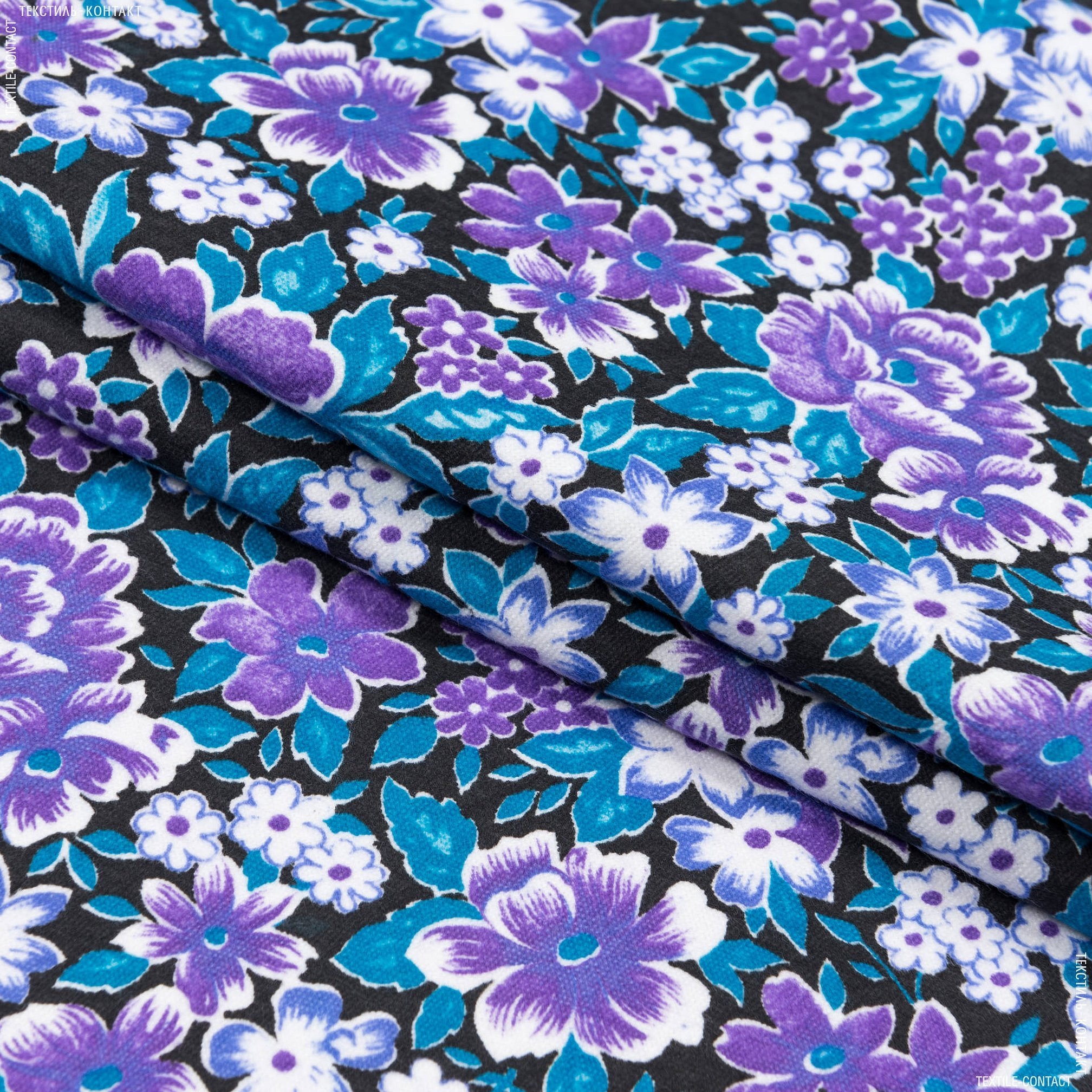
Recommendations for selection
Having figured out what flannel is and what types there are, it is important to learn how to choose the right fabric.
So, the white-earth material with a printed pattern is perfect for sewing children's underwear and clothes. The dressing gown is for making housecoats, and the shirt material is for men's and women's shirts.
In this case, heavier fabric is used for outerwear, and medium and soft fabric is used for bed linen and children's clothes.
Caring for flannel fabric
In general, natural material is easy to care for, but after purchasing it is still worth reading the information on the label.
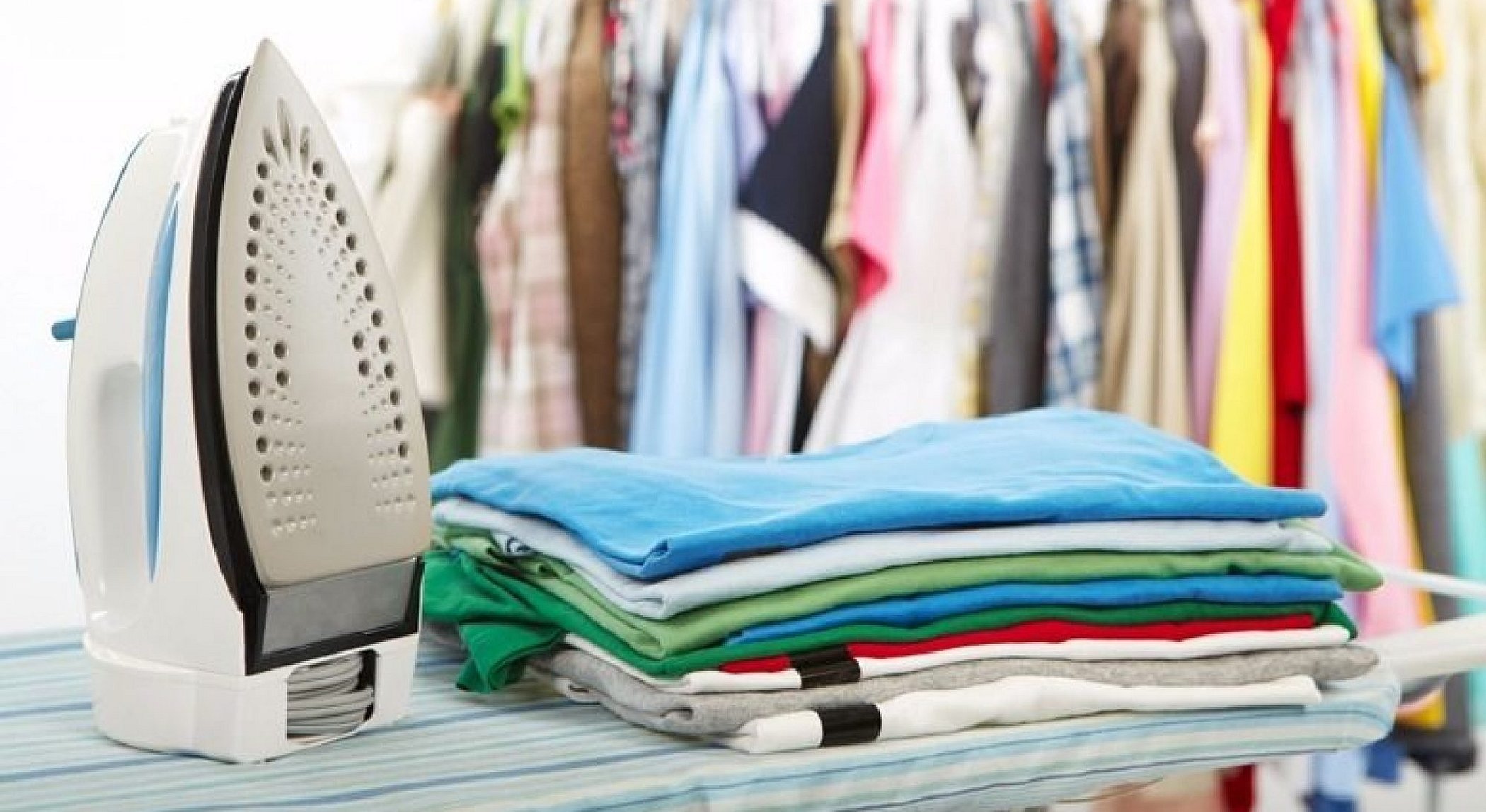
In addition, several tricks will help to “extend the life” of flannel items:
- When washing, it is recommended to add glycerin to water in a ratio of 1 tablespoon per 10 liters of water.
- Heavily soiled items should not be rubbed or washed to avoid damaging the top fleecy layer. It is enough to soak them in soapy water for 5-10 minutes. After that, the dirt will be easily washed off.
- When washing even white flannel items, you cannot use chlorine-containing compounds, as they quickly destroy the structure.
- Dry clothes made from this fabric away from heating devices and direct sunlight.
Please note! Wool flannel requires more careful handling than cotton fabric. It is recommended to wash it at a temperature no higher than 40°C and iron it with a medium-heat iron.
How and what to wear
Today, flannel outerwear is beautiful, fashionable, stylish. But when choosing it, it is important to remember that it requires the right combination of cut and materials.
So, with gray flannel trousers you can wear an unpaired jacket in blue, olive, chocolate colors, or a vest. Shoes made of brown or burgundy suede will help to complete the look.
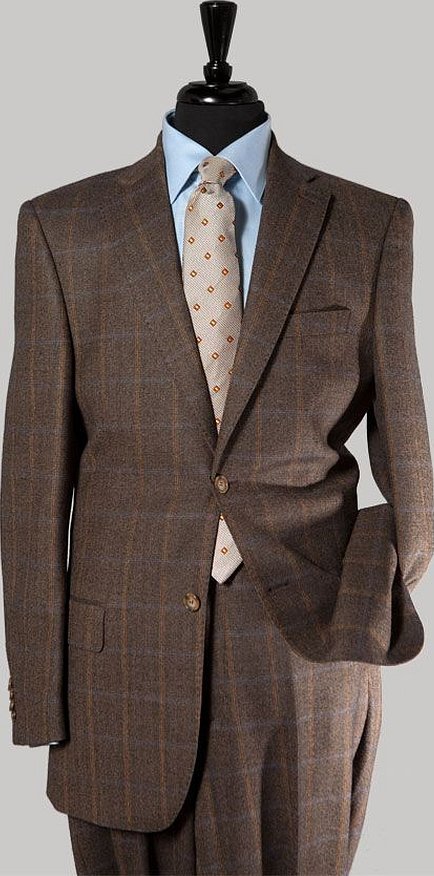
A dark flannel suit, in turn, will go well with plain shirts (white, pink or blue), as well as with checkered and striped items. As accessories, you can use a cashmere or wool tie, dark suede and leather shoes.
As for flannel shirts, they can be worn with almost any trousers (with the exception of classic models), for example, with jeans or chinos. They also go well with plain T-shirts, cardigans or sports jackets.
Manufacturers and cost
Currently, flannel material is produced in many countries, including Russia.
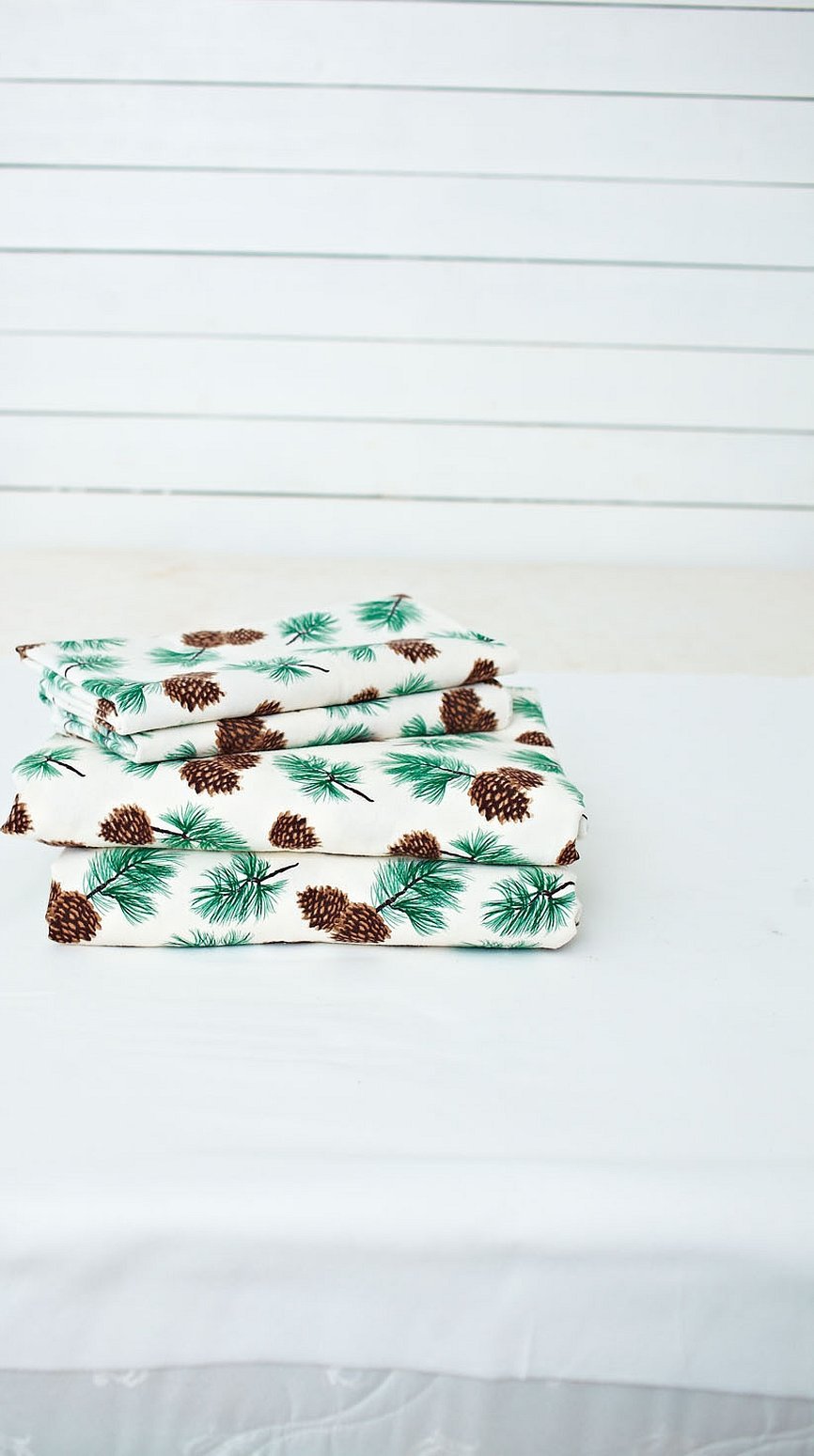
The most popular fabric is made in the Ivanovo region (RF) and in Chinese factories. The range includes all types of flannel in a variety of colors.
Unlike medieval England, modern material is inexpensive and widely available. The average price of the cheapest bleached fabric is 30 rubles per meter. The most expensive type of material is considered to be the negligee type. It can cost about 100-110 rubles/meter.
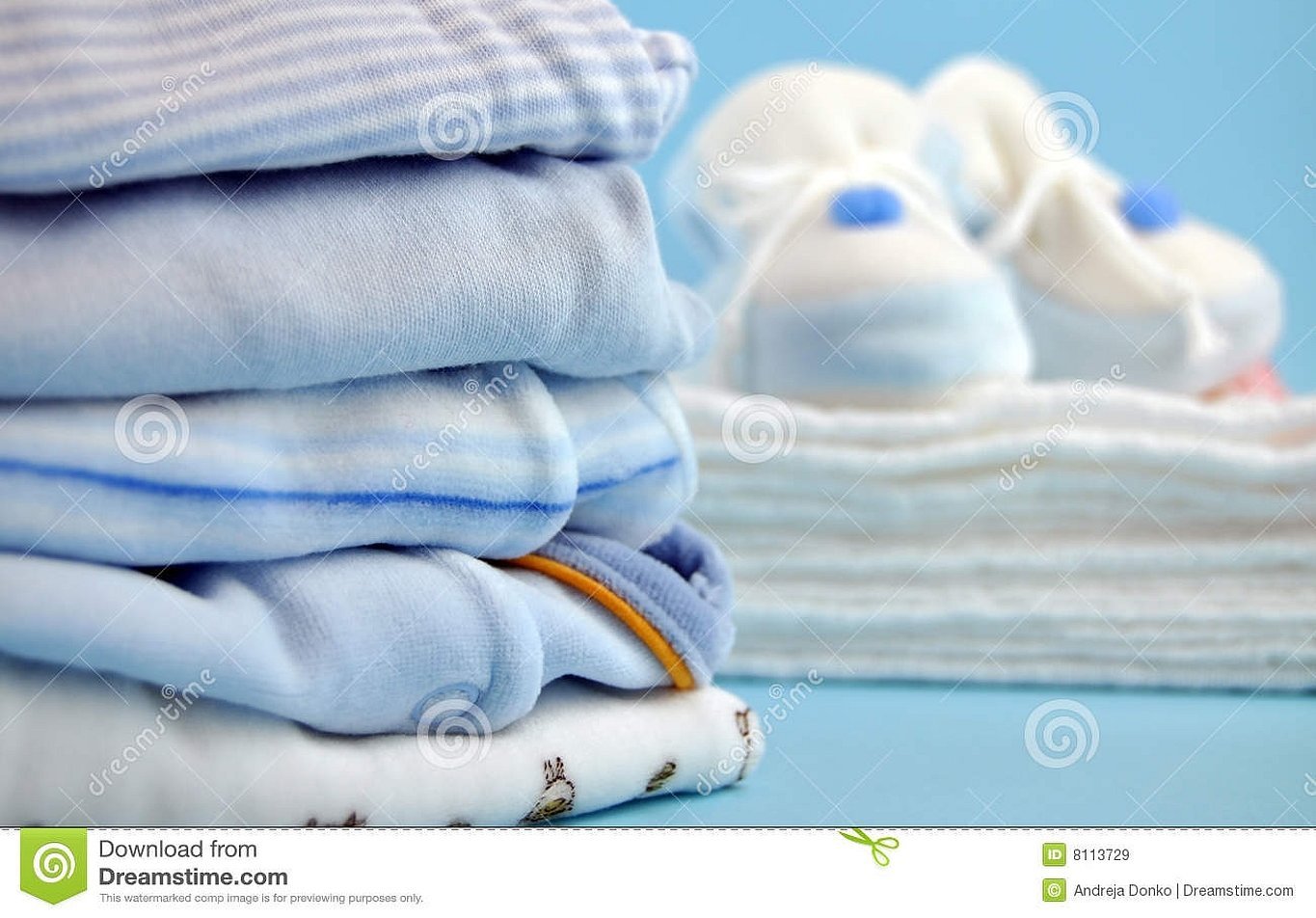
Advantages and disadvantages
The general description of the qualities of flannel fabric can be formulated in three words: warm, soft, pleasant. At the same time, the special advantages of the material include:
- high strength;
- excellent air permeability ("breathing ability");
- wear resistance;
- ease of care (especially important for materials that include cotton);
- naturalness and, as a result, safety for health;
- the ability to warm up quickly and retain heat well.
Please note! The disadvantages of the material include its high hygroscopicity, due to which it quickly gets wet and takes a long time to dry. However, against the background of the "pluses" of the fabric, this "minus" does not seem so bad.
Reviews of fabric
Olga, 28: "The first flannel product in our house was diapers. They never irritated the skin of the babies and even after numerous washes remained just as soft and pleasant to the touch. By the way, as for washing, having soaked them briefly beforehand, I easily washed even the most difficult stains from the diapers.
Having appreciated the merits of the material, we began to buy flannel shirts, pajamas and other clothes for the home, and have never regretted our choice.”
Alexey, 45: “In winter, even on particularly cold days, I have to work outdoors. At first, this was a problem, as I couldn’t find underwear and clothes that would be warm and comfortable even when worn for a long time. The answer came from my son’s flannel undershirts and rompers. I ordered myself woolen flannel long johns and a shirt, and now nothing distracts me from work: neither the cold nor the itching.”
In conclusion, a few more words about what kind of fabric flannel is. The facts show that it is a universal and multifunctional material. It is easy to work with (it does not crumble or fall apart when cut), it is easy to care for. And it is also hypoallergenic. Therefore, everyone can wear flannel clothes without exception!




